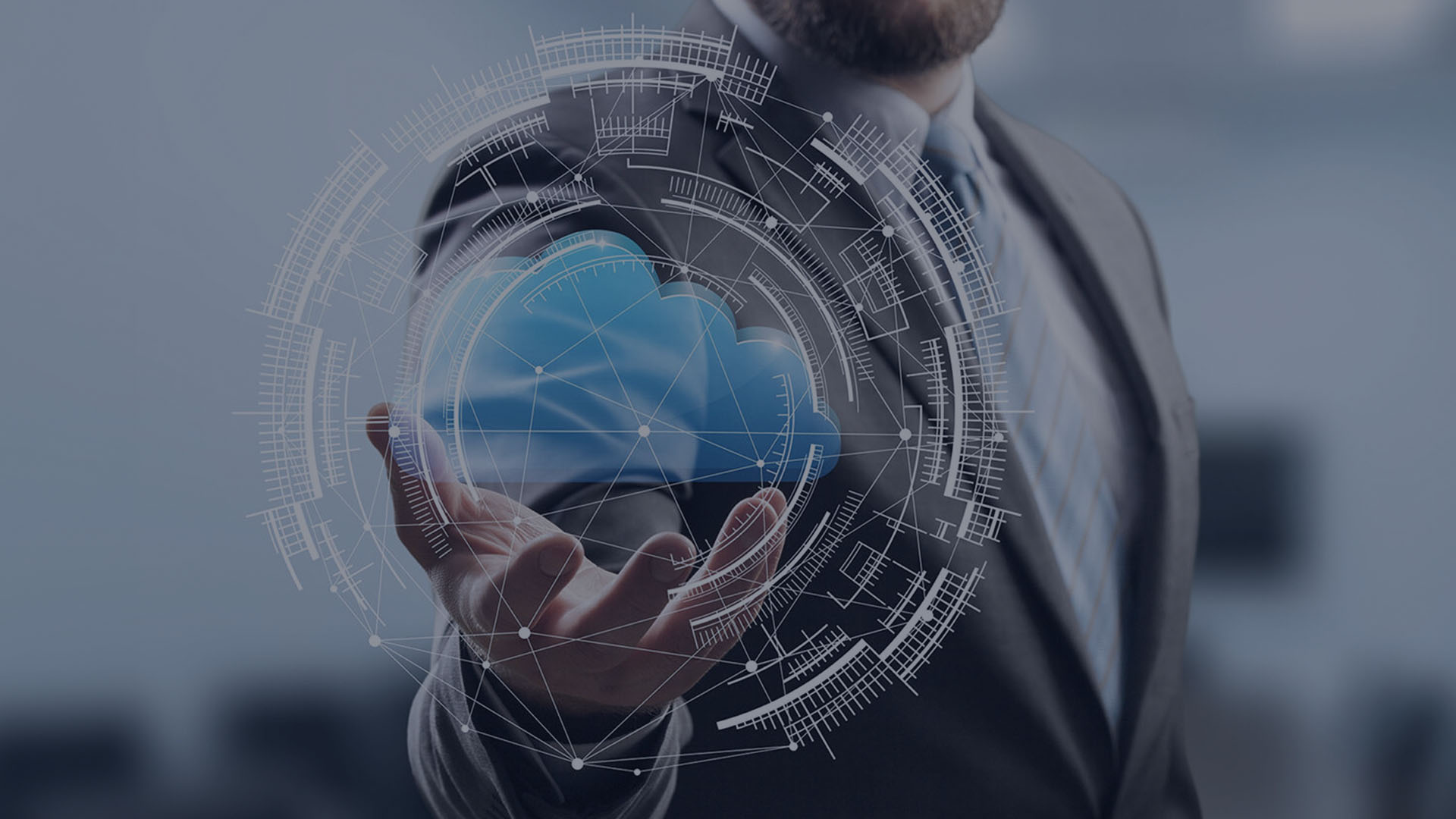Overview
Enable and Sustain Transformation, Innovation & ROI
DMI® TRANSCEND OCM model empowers employees to understand, own, and sustain organizational change. Leveraging iterative stakeholder collaboration and feedback, DMI aligns OCM solutions with your strategic goals; stakeholder insights and impacts; and iterative, human-centric enablement and adoption approaches. Core TRANSCEND elements include building trust and change readiness, fostering a culture of change, empowering employee change agents, and building sustainment mechanisms.
TRANSCEND integrates proven methodologies to catalyze holistic stakeholder understanding, ownership, and internalization of change by involving them as change advisors and architects, collaborating on OCM solutions that translate their insights into action. Our OCM approach ensures your most valuable asset, your employees, understand the change and its benefits, build the “muscle memory” needed to innovate, experience less disruption during change, and remain focused on realizing your strategic goals and return on investment.
Business Benefits

Achieving Strategic Goals
Transformation initiatives that intentionally include robust OCM solutions and execution are six times more likely to achieve strategic goals and schedule and budget targets.
Realizing ROI
As much as 65 percent of the potential and anticipated ROI associated with your change initiatives is enabled and can be realized through effective OCM.
Human-Centric Adoption Focus
70 percent of all factors that contribute to successful business initiatives are human-centered and may be positively influenced by OCM.
Organizational Resiliency
Higher levels of change adoption and sustainment, nurtured and supported by visible and intentional OCM efforts, create a more innovative and resilient organizational culture.
Continuity and Efficiency
Holistic OCM initiatives and programs facilitate easier stakeholder transition to new solutions and ways of working, resulting in less disruption, better continuity, and optimal efficiency.
Customer and Employee Satisfaction
Organizations using OCM to cultivate innovative and resilient cultures experience improved employee retention, engagement and contribution, leading to increased customer and employee satisfaction.

FEATURES
Trust
Trust anchors successful change adoption, requiring transparency, candor, and empathy. Involving stakeholders throughout as change advisors, translating their insights into action, is vital to mutual trust.
Readiness Acumen
Understanding your change readiness enables proactive OCM planning and resistance management. Change-readiness dialogues often challenge entrenched perspectives, personal biases, and comfort zones. These conversations, however, build trust and organizational capacity to adapt and change.
Networking
Robust, change-agent networks eliminate silos, builds cross-functional bridges and enable employee-centric OCM. Change-advocate communities offer collective support for individual change ownership and adoption.
Sustainment Culture
Sustainment ensures behaviors key to project success will, reinforcing the necessary “muscle memory” to smoothly transition to new ways of working. Sustainment is an intentional activity, developed in tandem with training but uniquely focused on internalizing change.
Employee-Enabled Normalization
Effective OCM makes good on organizational assertions that “our people are our greatest asset.” Employee-enabled OCM empowers them to own and drive transformation and the benefits.
Discipline
Successful OCM depends on the level of organizational investment. Throughout the change, discipline is required to ensure everyone maintains focus on the goals and the value.

Model

Insights







